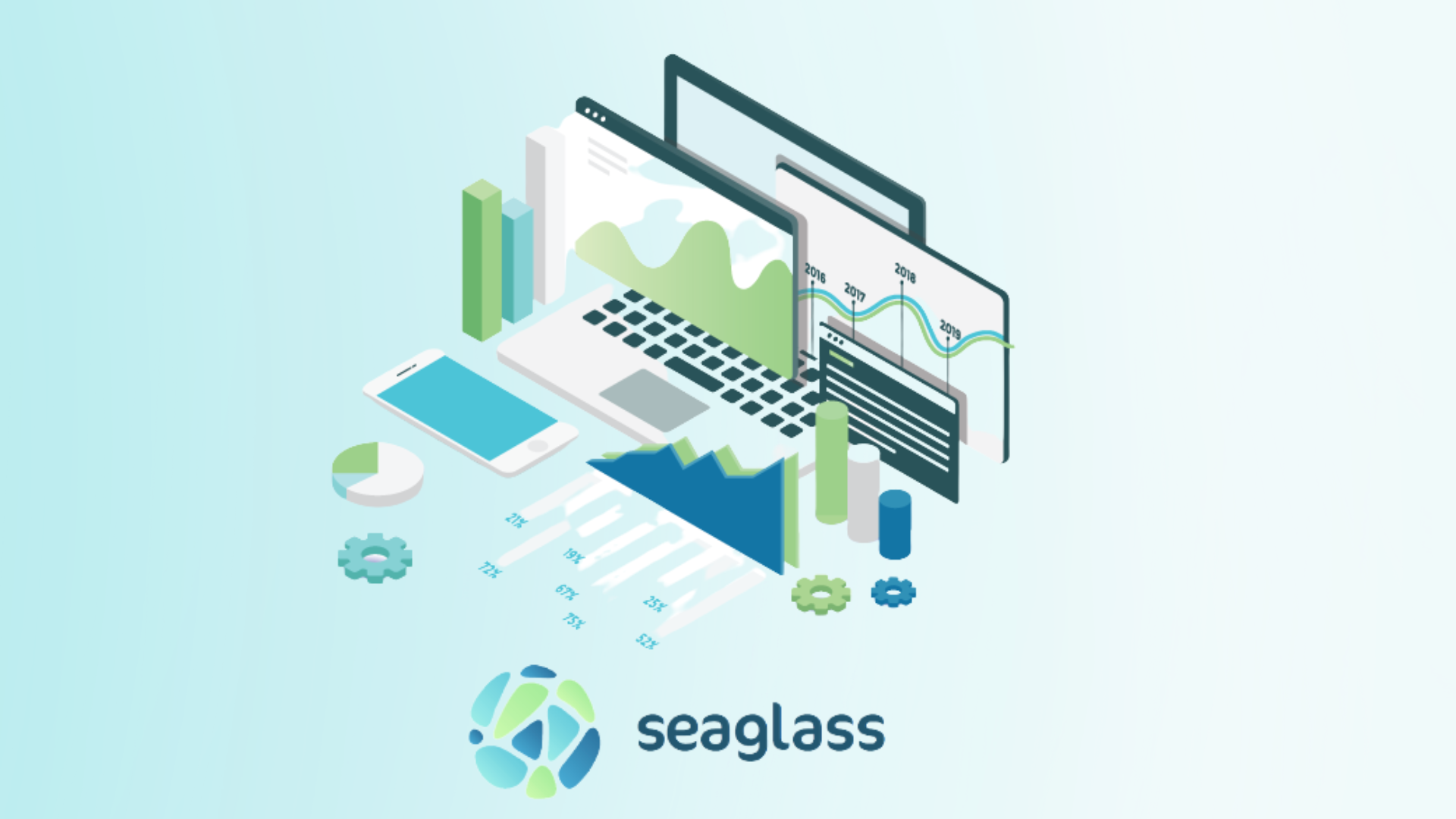The energy industry is going through a rate of change that seems to be increasing exponentially. Systems, both physical pipes and wires and digital, across retail, generation, distribution and transmission are being stretched and updated to meet the increasingly complex requirements of the energy transition.
Energy retail is particularly impacted – not only by the volatility caused by energy prices but also due to constant regulatory updates – at any one time there are multiple industry consultations out for review as well as the ongoing technical implementations of widespread industry changes like the Faster Switching Programme.
The switch to smart has brought with it the move to MHHS, and the ability to process far greater quantities of data, placing greater demands on back end systems and processes – and whilst the MHHS impact won’t be seen until 2025 or 2026, there is a feeling that many industry participants have not yet really thought about the impact of implementing the requirements around this. Plans for user and system testing are already being consulted on by ELEXON – https://www.mhhsprogramme.co.uk/testing/testing-overview, who are the programme delivery lead, and retailers need to stay on top of the changes that will have impacts on their systems, data management and customer interactions. Some of the changes that will come out of the MHHS programme are as yet unclear – particularly impacts for non-residential customers around pricing and quoting.
Geopolitical events have also driven further uncertainty in the market with the Ukraine conflict creating global energy price impacts. In the UK this has meant that the government has had to intervene in energy prices with the creation of the various Energy Bill scheme’s – with differing arrangements for both consumers and businesses – which has meant making changes to billing processes as well as the physical bills themselves in order to apply discounts at various rates. Retailers have often struggled to implement these changes without large scale change projects – and upcoming changes to the subsidy for B2B customers will require further amendments. The Government has also only just confirmed that the residential subsidy will continue beyond April, causing greater uncertainty for suppliers.
Looking forward, it seems increasingly likely that this state of constant flux will continue, and the Ofgem Forward Work Programme for 2023/2024 (https://www.ofgem.gov.uk/publications/consultation-ofgems-draft-forward-work-programme-202324) warns of significant further complexity, as well as raising the potential of further code reform – including changes to the structure of the DCC in particular. This places significant pressure on retailers, not least to ensure their systems remain up to date and compliant, but also in making sure that they are fulfilling the various licence conditions needed.
Maintaining back-end systems amongst this constant influx of change can distract from business operations and maintaining growth as system changes usually involve large scale projects, which consumer both resources and budget. Here at Seaglass Cloud Technology we are constantly scanning the horizon to understand upcoming industry changes and implement them as part of our standard service provision, to ensure that our customers are compliant and delivering against the licence conditions. Our customers were easily able to implement the changes to bills required by the Energy Bill Support Scheme, and we’re already planning for the changes needed for MHHS. Our approach is focused around offering the right support for our customers as they handle the multitude of information requests, consultations, and testing requirements of widescale industry innovation.
If you are considering how you can keep your meter-to-cash systems up to date in the face of industry change, and whether or not you have the right plans in place to meet the smart energy future, talk to us today.
